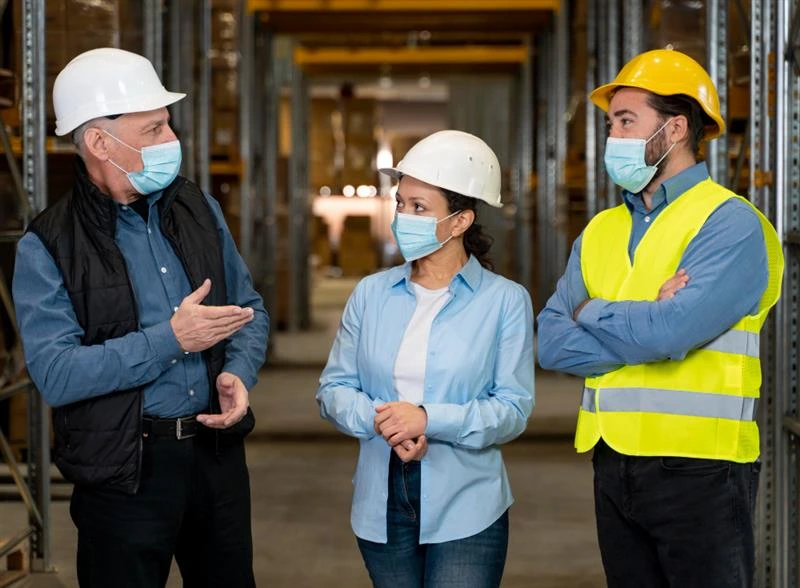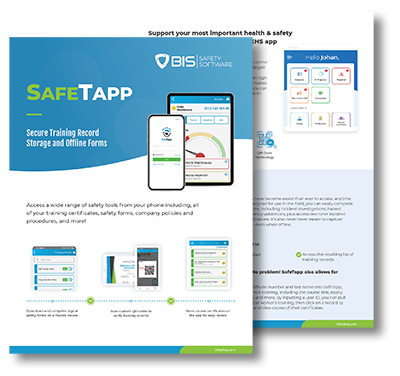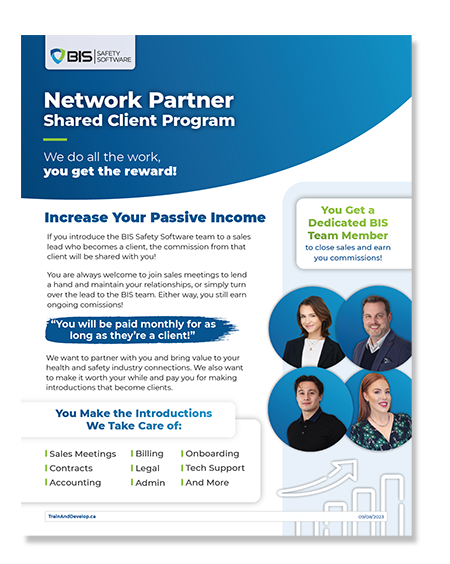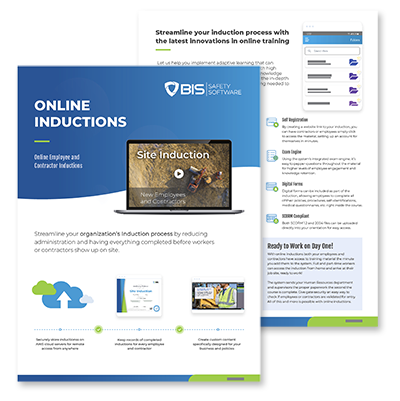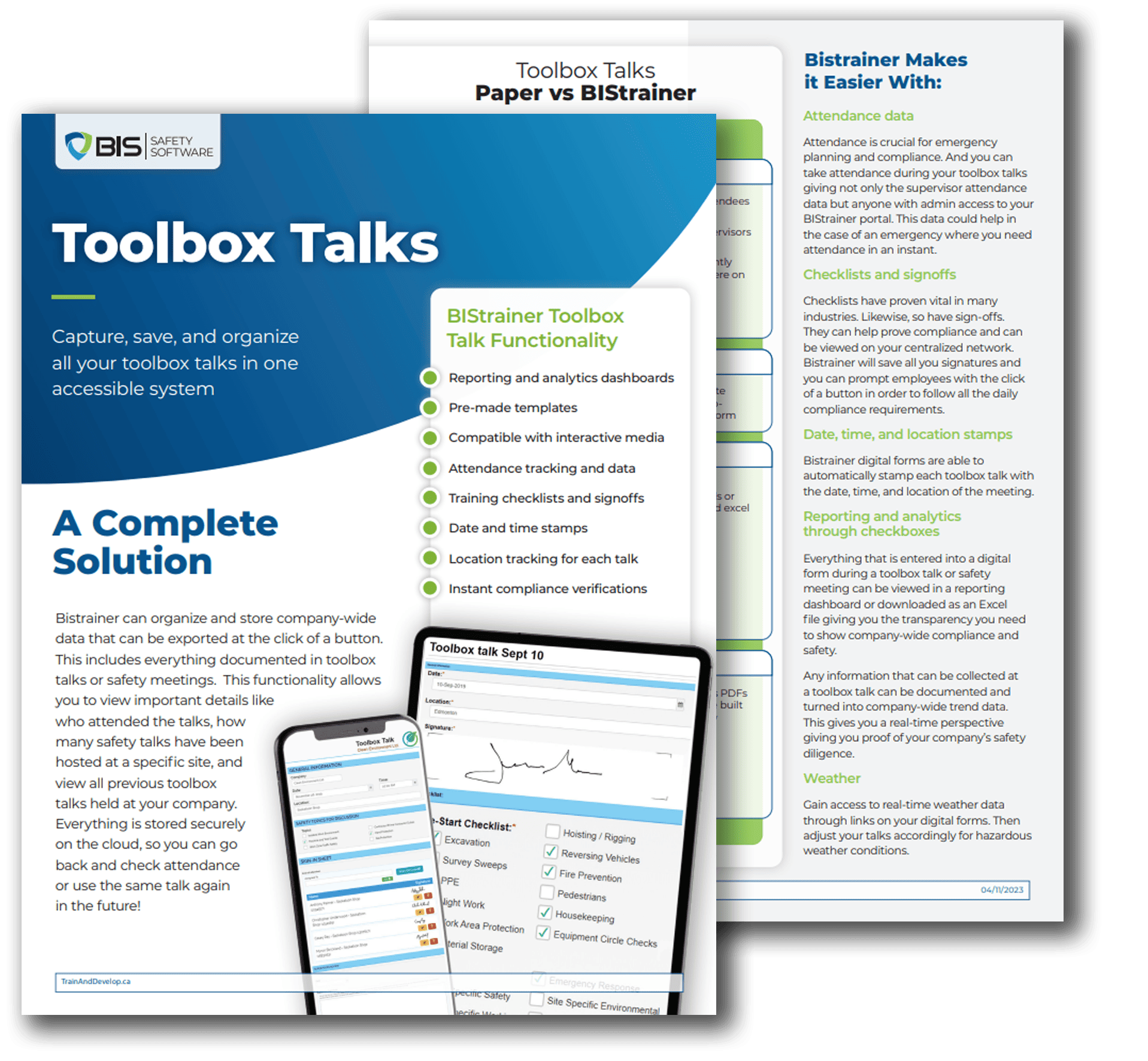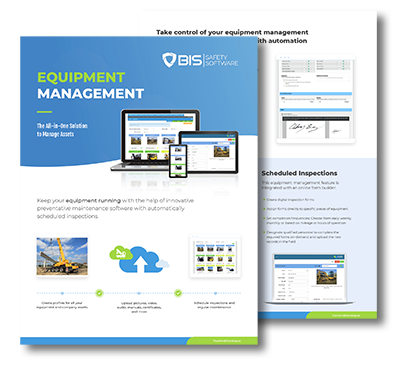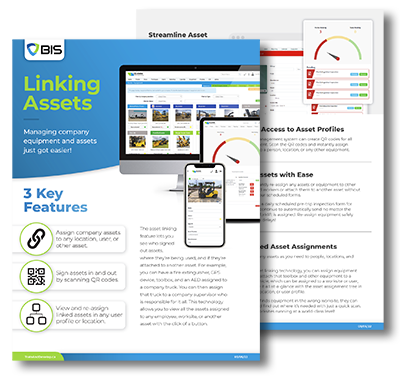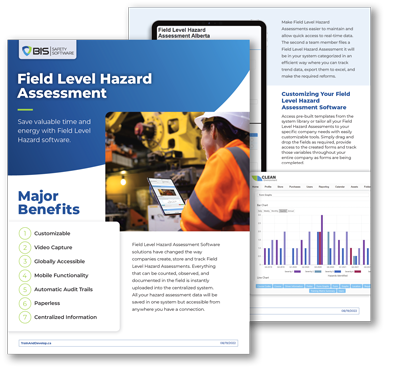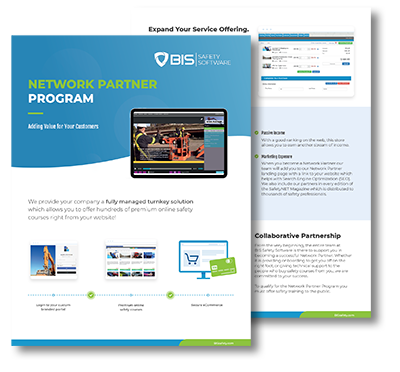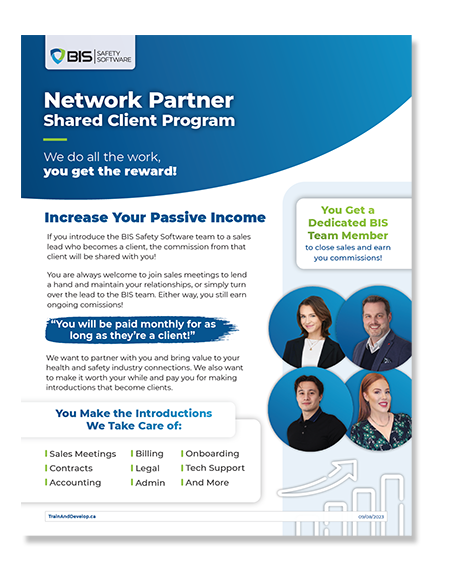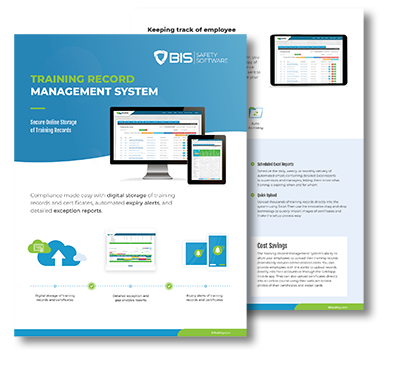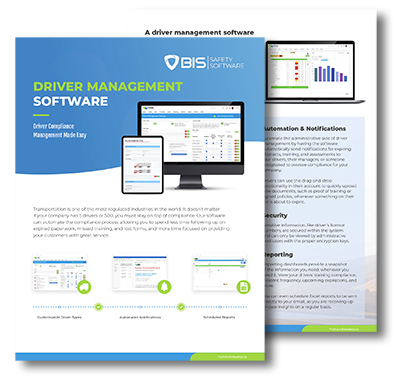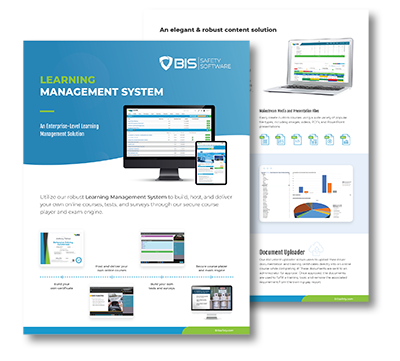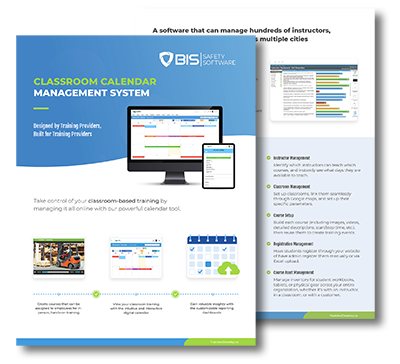We all know the drill in safety meetings—reminders about personal protective equipment, fall prevention, energy isolation protocols. But what about the concerns no one voices?
The true threats aren’t always visible—they’re hidden in the silence.
1. “It’s not safe to speak up here.”
No one admits this directly, but it’s a feeling many recognize. A junior team member spots something off but hesitates to mention it. A supervisor ignores an issue to avoid backlash. When fear outweighs trust, hazards multiply.
Johanna Pagonis puts it bluntly: without the psychological safety to raise concerns, you’ll never fully meet your safety goals.
Action tip: Break the ice by acknowledging the hesitation. “We know it’s hard to speak up sometimes—but we need your voice.” And when someone does, recognize them for it.
➡️ Further reading: How Strong Safety Cultures Are Built—and Broken
2. “We’re pushing through fatigue—and it’s showing.”
You won’t hear it during a tailgate talk, but chronic exhaustion is a serious workplace threat. Whether it’s night shifts, long weeks, or emotional stress, people are drained—and it’s affecting safety.
Robin Postnikoff reminds us: what’s happening off the clock impacts performance. Mental fatigue, stress, and burnout are silent safety risks.
Action tip: Include questions about physical and emotional energy in your safety check-ins. It’s not “soft”—it’s smart.
3. “We’re following a broken process.”
Some procedures make sense on paper but not in practice. And yet, they persist. Why? Because questioning policy isn’t always encouraged.
Kevin Swinden recalled an incident where outdated practices led to a community-wide emergency. The protocols weren’t challenged—until it was too late.
Action tip: Ask your crew to identify one process or rule that doesn’t work. Review it together. Is it relevant? Safe? Clear? If not—update it.
➡️ Further reading: The Most Dangerous Phrase in Safety: “We’ve Always Done It This Way”
4. “I’m not actually trained for this.”
It’s more common than we think: people assigned to high-risk tasks without enough real-world experience. A certificate isn’t the same as confidence.
Brett Burkard observed that repetition—and honest, hands-on learning—makes safety stick.
Action tip: After online training, run scenario-based drills. Don’t assume competency—verify it with practice.
➡️ Further reading: Second Nature: How Brett Burkard Made Safety Sticky
5. “It feels like no one cares until something goes wrong.”
When employees only see leadership show up after an incident, they start to believe safety is just a formality.
Jeff Mulligan argues that genuine safety leadership means being proactive—not reactive—and showing up when things are going right.
Action tip: Demonstrate commitment through presence and follow-through. Fund training. Visit sites. Build trust long before a crisis forces it.
Let’s Be Real—What’s Not Being Said?
Challenge your team to answer this: What’s one thing you’ve never said in a safety meeting—but probably should? Saying it might just prevent the next near-miss.
Safety isn’t just about protocols—it’s about people. And people need honesty.
Additional Articles

You Don’t Pick Safety — It Finds You
Discover how veterans, translators, academics, and scientists found their calling in workplace safety. Learn why safety isn’t chosen—it finds you. … Read More

The Safety Metrics That Matter: How to Track and Improve Workplace Safety
Learn the practical steps required for conducting Field Level Hazard Assessments with our detailed guide and real-world examples. … Read More

